The best time to visit Iran varies based on your itineraries and destinations in the country. Iran offers a diverse range of places and experiences throughout the year due to its varying weather conditions. Are you daydreaming about discovering the enthralling history, remarkable architecture, and welcoming nature of Iran? You’re not alone in this desire. Iran is a captivating destination with a plethora of attractions. However, the timing of your visit can greatly influence your experience. In this article in Parsi Tours Iran travel agency, we will delve into the key factors to consider when is the best time to visit Iran. From budget-friendly trips to accommodation availability, we’ve got everything you need. Let’s begin this thrilling adventure together.
Understanding Iran’s Climate
Iran’s climate changes from one region to another because of its diverse geography. The weather patterns in different areas, such as the Caspian Sea’s lush greenery, the arid deserts, and the snow-capped mountains, are all unique.
Traveling Iran during winter
During winter (November-February), the southern part of Iran becomes an appealing destination. It offers mild weather and the opportunity to engage in various water activities along the coasts of the Persian Gulf. In particular, the captivating islands of Kish and Qeshm are highly recommended and this season is the best time to visit Iran’s south parts.
If you want to switch things up, you can conveniently take a one and a half hour flight from the southern region to Tehran. Here, you can indulge in skiing adventures at several ski resorts located nearby, such as Dizin, Abali, Darbandsar, and Shemshak. What’s more, these resorts offer accommodation options, allowing you to delight in a snowy getaway for a few days during your trip.
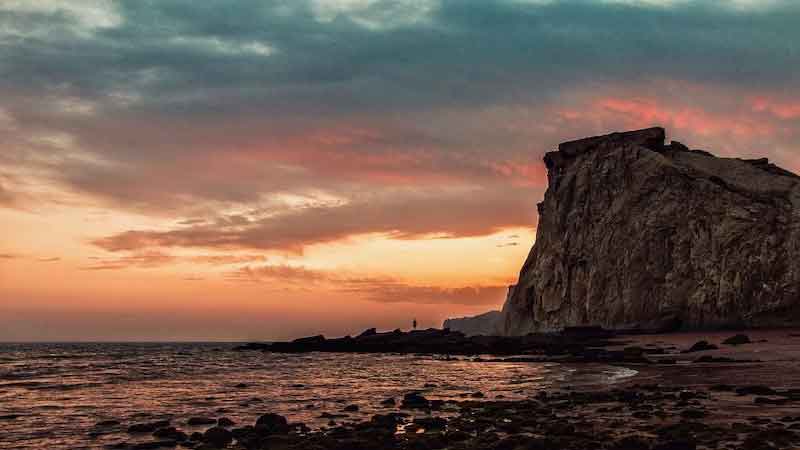
Best time to visit Iran: Traveling Iran during winter
Summer trip to Iran
In the summer months of June to August, the majority of Iran experiences hot weather and its not the best time to visit Iran for historical monuments. However, there are still opportunities to enjoy cooler temperatures in northwestern provinces such as Ardebil and various mountainous regions.
Throughout summer, Iran boasts an array of spectacular waterfalls, primarily located in the western part of the country. Notably, Lorestan and Chahar Mahal Va Bakhtiari provinces have breathtaking waterfalls that are worth visiting.
On the other hand, cities such as Shiraz, Isfahan, Kashan, and Tehran tend to be dry and hot during this season. Additionally, the humidity levels in the southern and northern regions of the country remain high throughout summer.
Dreamy autumn in Iran
Make sure you don’t miss out on the breathtaking Hyrcanian forests in northern Iran if you decide to travel there during autumn. During the months of September to November, you can expect pleasant weather across most of the country.
The streets are adorned with trees displaying mesmerizing orange and yellow leaves.
Autumn is the perfect time to take leisurely walks, explore cities, and visit various attractions throughout Iran. Additionally, consider staying in accommodations in the heart of Iran’s deserts and indulge in the delightful autumn weather and the captivating starry nights.
Spring beauties in Iran
From March to May, you can experience the enchanting beauty of spring and pleasant weather in various regions of Iran. This is the best time to visit Iran in different parts of it, with Shiraz being one of the most popular destinations. In Shiraz, the bitter orange blossoms fill the air with their delightful fragrance, adding to the allure of the season.
Nature’s splendor can be admirably appreciated throughout Iran during this time. Moreover, Iranians celebrate Nowruz, their New Year, on March 21. This occasion marks the longest vacation period for Iranians, typically lasting around two weeks. Consequently, some places may be closed during this time. However, if you choose to travel to Iran during Nowruz, you can partake in the ancient festivities and witness the traditional rituals associated with this celebration.
Planning Your Trip to Iran Around the Weather
Tehran and Central Iran (Spring and Autumn)
Spring (March to May) and autumn (September to November) are the best times to visit Tehran, as well as central regions like Isfahan and Kashan. The weather during these months is pleasantly mild, creating an ideal setting for exploring the area’s historic sites, gardens, and bazaars.
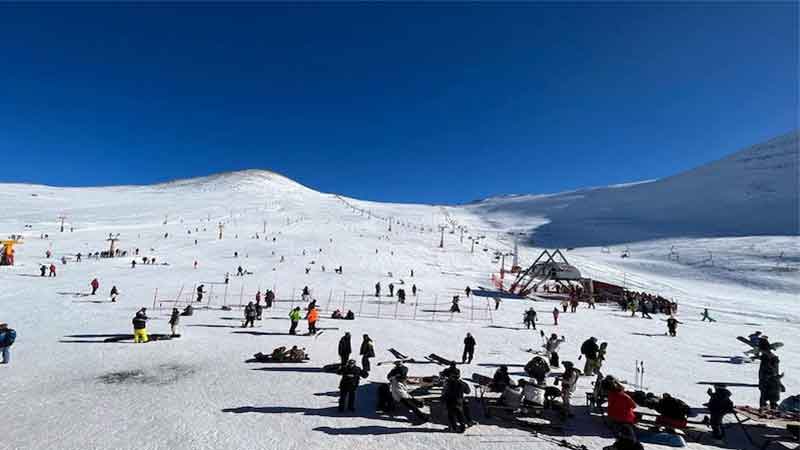
Best time to visit Iran for snow-related activities in Tehran is spring and late autumn.
Northern Iran (Summer)
During the summer (June to August), the picturesque landscapes of Northern Iran, including cities such as Rasht and Gilan, boast vibrant greenery. This season offers the ideal climate for those who relish cooler temperatures and the enchanting allure of lush forests. Furthermore, the Caspian Sea coast provides a delightful respite from the sweltering summer heat.
Desert Adventures (Winter)
Winter (December to February) is the best time to visit Iran’s desert and embark adventures in destinations such as Yazd and Kerman. During this season, the intense summer heat subsides, allowing for a more pleasant and comfortable climate. It is the perfect time to immerse oneself in the breathtaking desert scenery and visit the captivating historical sites.
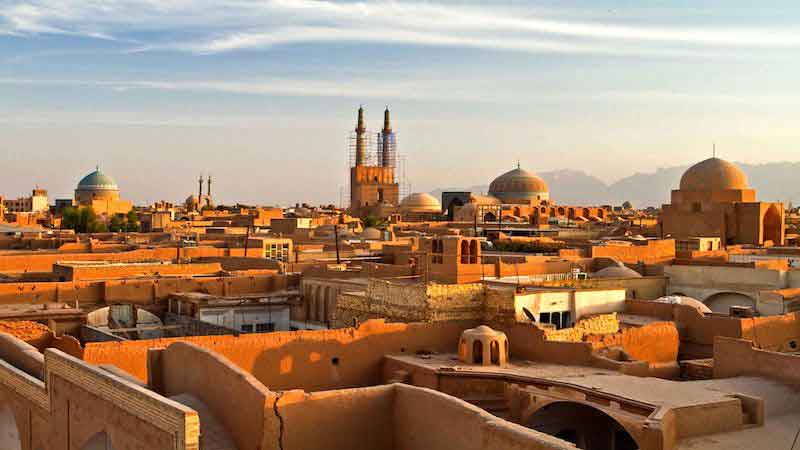
Best time to visit Iran for desert adventures is winter.
Skiing in the Mountains (Winter)
Iran’s mountainous regions, such as Dizin and Shemshak, are famous for their ski resorts, attracting a large number of skiing and snowboarding enthusiasts during the winter season. These areas boast stunning slopes covered in pristine snow, forming a charming winter wonderland.
Southern Coastal Areas (Winter and Spring)
The best time to visit Iran’s southern regions, including Hormuz Island and Bandar Abbas, is the winter and spring seasons. The weather during these months is pleasant, making it more enjoyable to partake in activities such as snorkeling and diving.
Western Iran (Spring and Summer)
Exploring regions like Kurdistan and Hamadan during the spring and autumn months is highly recommended. The moderate weather during this time of the year makes it comfortable to visit archaeological sites, enjoy scenic landscapes, and immerse oneself in the local culture.
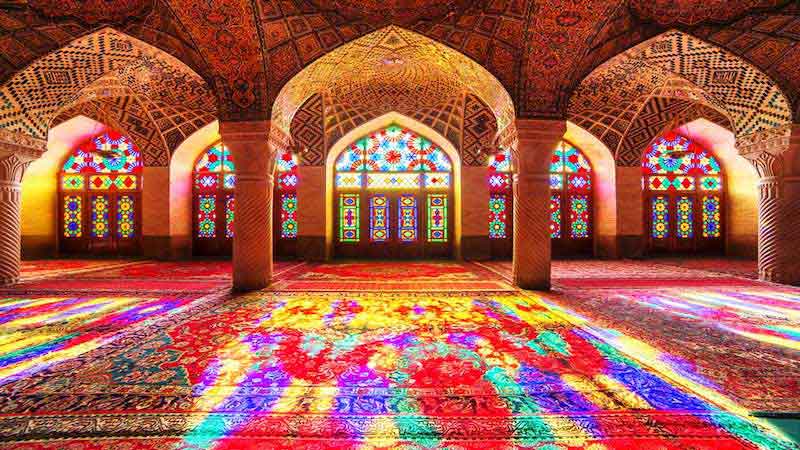
Best time to visit Iran: Western Iran (Spring and Summer)
Eastern Iran (Spring and Autumn)
The months of spring, from March to May, are considered the best time to visit Iran in general. This season offers pleasant temperatures, ranging from mild to warm, making it comfortable for outdoor activities and sightseeing. Additionally, the countryside comes alive with beautiful blossoms and greenery, adding to the charm of the landscapes.
Moreover, spring is also the time for various cultural and traditional celebrations in Iran, such as the Persian New Year (Nowruz) and the Rosewater Festival (Golabgiri). These events provide a unique opportunity to experience the rich Persian culture and traditions.
Another advantage of visiting Iran in spring is that it is not as crowded with tourists compared to the summer months. This allows you to explore popular attractions and landmarks without encountering large crowds, ensuring a more peaceful and immersive experience.
However, it is important to note that specific regions in Iran may have different optimal seasons. For example, if you are interested in visiting the desert regions, like Dasht-e Kavir or Dasht-e Lut, the cooler months of autumn and winter may be more suitable, as the temperatures can be extremely high during spring and summer.
Ultimately, the best season to visit Iran depends on your personal preferences and the particular region you plan to explore. It is always recommended to research and plan accordingly to ensure the most enjoyable and comfortable trip.
Best Time to Visit Iran’s Festivals and Events
Iran is proud of its rich cultural heritage, which includes a wide array of vibrant festivals that take place throughout the year. Let’s explore some of the most significant festivals celebrated across Iran and when is the best time to visit Iran.
The Persian New Year (Nowruz)
Nowruz, the Persian New Year, is the most popular festival in Iran, heralding the arrival of spring. It is a time of rejuvenation and new beginnings, as families come together, engage in spring cleaning, and beautifully arrange the “Haft-Seen” table with significant objects. The pleasant climate and festive ambiance in both urban and rural areas add to the joy of your journey.
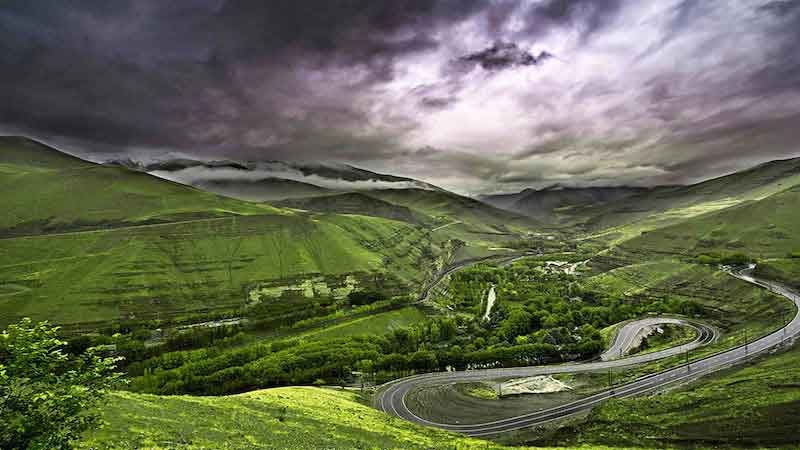
Best time to visit Iran: The Persian New Year (Nowruz)
Yalda Night; Welcoming Winter’s Arrival
During Yalda Night, or Shab-e Yalda, families gather to indulge in pomegranates, watermelons, and nuts while engaging in fortune-telling activities through the reading of Hafez’s poetry.
Qalishuyan ritual
The Qalishuyan ritual is a traditional ceremony that is held in Iran, especially in the regions of Kashan and Fin. Its purpose is to pay homage to Soltan Ali, a highly respected individual. This ritual occurs on the closest Friday to the seventeenth day of the month of Mehr, which falls in October according to the Iranian solar-agricultural calendar. The selection of this date and time of year holds great significance in the ceremony, as it entails cleansing a sacred carpet in a nearby stream close to the Soltan Ali mausoleum.
Best Time to Visit Iran by Destination
Iran is a country full of rich history and breathtaking natural beauty, attracting travelers from all corners of the globe. Whether you’re exploring the lively markets of Tehran or the serene gardens of Shiraz, Iran has something for everyone. Let’s dive into the best time to visit Iran and discovering its top attractions.
Kashan
Kashan is at its most beautiful during the spring and autumn seasons. These times of year offer mild weather, making it perfect for exploring the city’s historic houses and gardens. The comfortable temperatures allow visitors to fully appreciate and wander through the traditional architecture and lush greenery. Additionally, spring and autumn showcase the rosewater industry that Kashan is famous for, adding an extra layer of charm to the city.
Isfahan
Isfahan, known as the “Half of the World,” boasts magnificent squares, mosques, and palaces. The best seasons to visit this enchanting city and delve into its iconic locations, such as Naqsh-e Jahan Square and Shah Mosque, are spring and autumn.
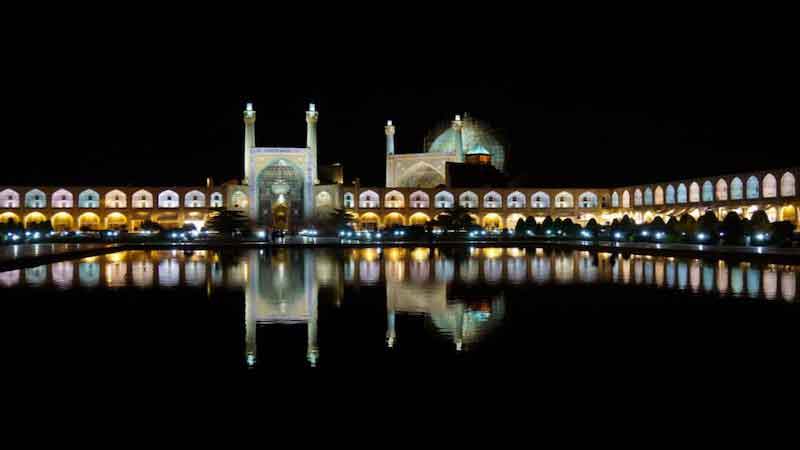
Best time to visit Iran: Isfahan
Tabriz
For the ultimate cultural experience, visiting Tabriz, located in northwestern Iran, during the spring or autumn is highly recommended. During these seasons, one can leisurely wander through the city’s bustling bazaars and savor its distinctive cuisine.
The peak and low seasons in Iran
The peak season in Iran is considered to be from March to May, with mild temperatures in most parts of the country. However, from March 20 to April 3, the Iranian New Year (Nowruz) vacation takes place, leading to overcrowding in famous cities like Isfahan, Yazd, Shiraz, and Kashan. It’s important to note that during April, accommodation prices increase and availability may be limited.
On the other hand, the low season in Iran lasts from November to February. Cold weather and impassable roads, especially in mountainous regions, result in a lower rate of travel. This is a good time to find hotels and accommodation at discounted prices.
The shoulder season in Iran occurs from June to October, with September and October being particularly suitable for travel due to moderate weather conditions.
Ultimately
With its four distinct seasons, Iran offers a range of travel opportunities throughout the year. Whether you prefer sightseeing or entertainment, there are plenty of options to choose from in every season.
It is important to note that Iran generally experiences warm and dry weather. Many popular tourist attractions are found in regions with a hot climate. However, you have the flexibility to plan your trip based on your preferred activities and experiences. No matter when you arrive, you will be warmly welcomed by the Iranian people.



